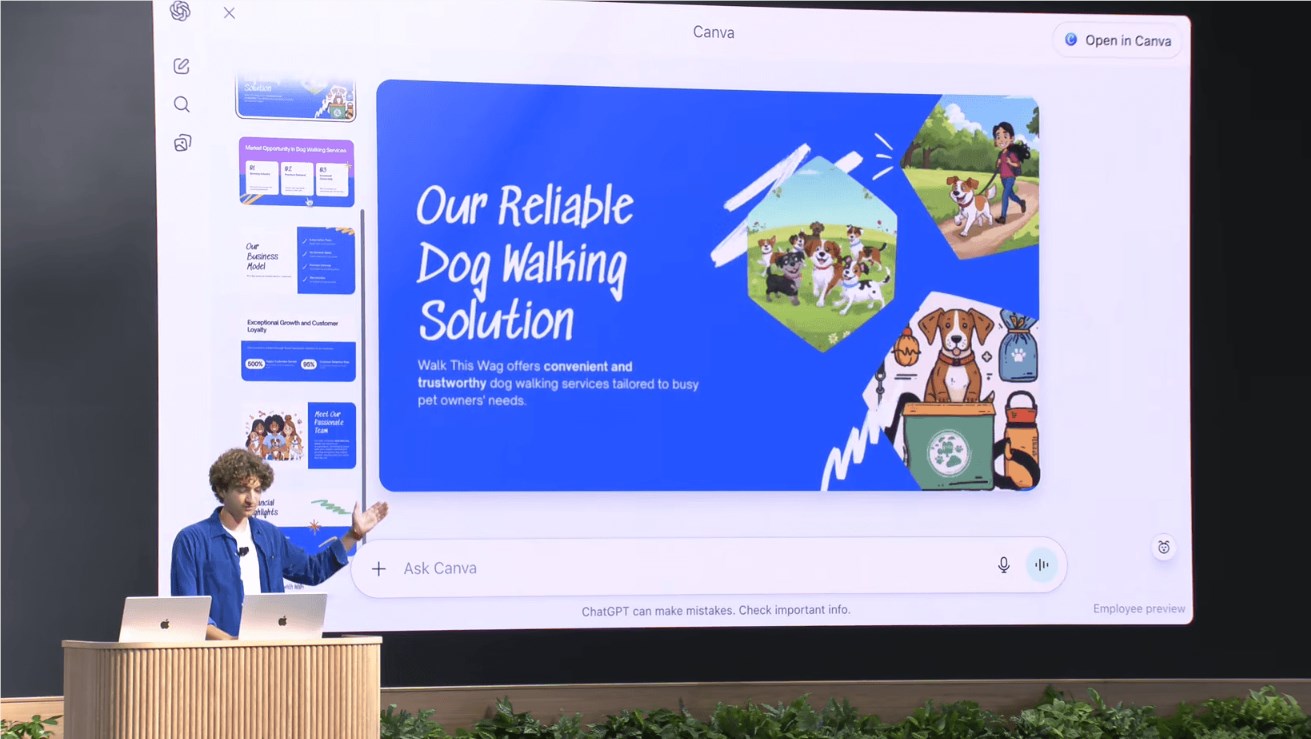Recently, the renowned tech media outlet The Information published an in-depth report on OpenAI's next-generation large language model, GPT-5, detailing its technological advancements, challenges during development, and the latest updates on company management.
GPT-5: From "Intelligence Leap" to "Practical Power"
According to recent leaks, the development direction of GPT-5 has shifted away from pursuing a "quantum leap" in intelligence, instead focusing on enhancing practicality and user experience. Compared to previous models, GPT-5 shows significant improvements in the following aspects:
1. Enhanced code generation capabilities: GPT-5 can generate clearer, more feature-rich, and user-friendly code, especially excelling at handling complex task lists and edge cases. This means developers using GPT-5 for programming will enjoy a more efficient and reliable assistance experience.
2. Significant improvement in reasoning efficiency: GPT-5 can provide higher-quality answers without significantly increasing computing power, by optimizing algorithms and model architecture. Token utilization has also been significantly improved, making the model more efficient when processing long texts or complex problems.
3. Introduction of the "Universal Verifier" mechanism: Inspired by the reasoning performance of its O-series models (such as o1, o3), OpenAI has introduced a reinforcement learning mechanism called "Universal Verifier" for GPT-5. This mechanism automatically checks model outputs, reducing errors and "hallucinations," significantly improving the credibility of answers.
Industry insiders point out that future evaluation standards for large language models (LLMs) will gradually become automated, with user satisfaction and trust becoming the new battlegrounds in competition. These improvements undoubtedly give OpenAI a solid foundation to gain an advantage in this field.

Image source note: The image is AI-generated, and the image licensing service provider is Midjourney.
Why did GPT-4.5 fail? Data bottlenecks became the biggest constraint
Contrasting with the optimistic prospects of GPT-5, the development of GPT-4.5 was not smooth. According to reports, GPT-4.5 was initially designed as a prototype for GPT-5 but failed to meet expectations, eventually being released under the name "GPT-4.5" as a transitional model.
Analysis of the failure reasons:
1. No major breakthroughs achieved: Compared to GPT-4o, the optimization of small models in GPT-4.5 could not be extended to large models, resulting in limited performance improvements that did not meet OpenAI's expectations for the next-generation model.
2. Bottleneck of scarce data: The gradual depletion of high-quality web data became a major obstacle in the pre-training of GPT-4.5. As the difficulty of acquiring quality data on the internet increases, the limits of pre-training and the issue of data scarcity have become common challenges faced by OpenAI and the entire AI industry.
3. Adjustment of technical roadmap: During the development of GPT-4.5, OpenAI attempted to make significant optimizations on the existing architecture, but due to constraints on data and algorithms, it ultimately failed to achieve the expected breakthroughs.
This failure prompted OpenAI to re-evaluate its development strategy, allocating more resources to the research and development of GPT-5, aiming to achieve a qualitative leap in both technology and practicality.
OpenAI internal crisis: Management friction and team restructuring
In addition to technical challenges, OpenAI also faces pressure in company management and team collaboration. According to leaks, there are clear tensions between Research Director Mark Chen and Vice President Jerry Tworek on the internal communication platform Slack. Such high-level disagreements may negatively affect R&D progress and team morale. In addition, Mark Chen has become a focal point of controversy in recent team restructuring and researcher departures, raising concerns about the internal stability of OpenAI.
At the same time, OpenAI's commercial layout is accelerating. Microsoft, as OpenAI's long-term partner, has exclusive rights until 2030 and plans to hold approximately 33% of the shares in OpenAI's profit-oriented structure. Currently, OpenAI is preparing for a potential initial public offering (IPO), with strategic negotiations proceeding vigorously. However, internal differences within the management and talent loss may cast a shadow over these plans.
Future Outlook: Can GPT-5 Reshape the AI Landscape?
Despite multiple challenges, the latest developments of GPT-5 remain exciting. Its breakthroughs in code generation, reasoning efficiency, and output verification suggest that OpenAI is striving to build an AI model truly centered around users. In comparison, data scarcity and management issues remain challenges that OpenAI needs to overcome. In the future, as automated evaluation standards become widespread and user trust increases, competition in the AI industry will become even fiercer.
The release of GPT-5 is not only about technological breakthroughs but also a comprehensive test of OpenAI's strategic vision and management capabilities. In the context of data bottlenecks and executive conflicts, whether OpenAI can reshape the AI industry landscape with GPT-5 is worth continued attention.









